How to Fix KB4586876 & KB4598242 – Installation Failed
Your system may fail to install the KB4586876 & KB4598242 updates if the Windows Update Components are corrupt. Moreover, interference from the antivirus (or Windows Defender) may also cause the issue at hand.
The issue arises when the KB4586876 & KB4598242 updates fail to install after repeated tries. Although the updates are reported to be downloaded successfully (some users reported the issue during the download/install process), the following type of message is shown when the system is rebooted after installing the updates:
There were some problems installing updates, but we’ll try again later.
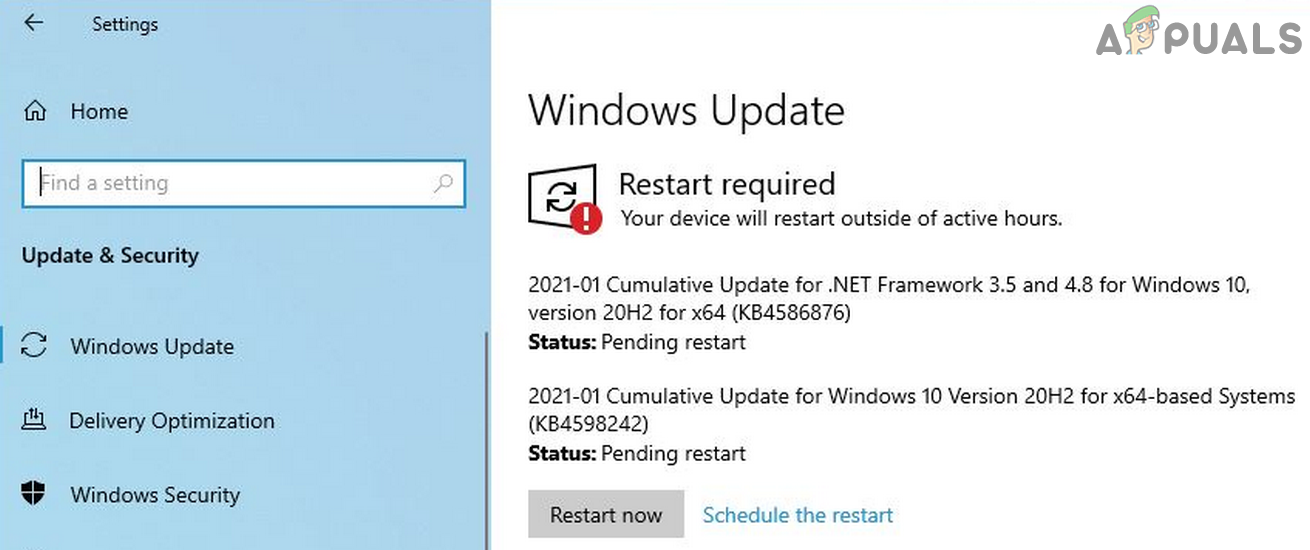
Keep in mind that during the troubleshooting process whenever updates start to install, do not restart your system till both updates are installed (not when one of the updates asks to restart). Also, it will be a good idea to create a backup of your system.
Solution 1: Reset the Windows Update Components
The issue may emerge if the Windows Update service is stuck in its operation. In this case, resetting the Components of Windows Update may clear the glitch and remove the bad/corrupted files from Windows Update Cache. That should fix this issue for you. Follow these steps to reset Windows Update Components:-
- Click on the Start Menu and search for the Command Prompt.
- Click “Run as administrator”, this should open Command Prompt with administrator privileges.
- Execute the following commands one-by-one:-
net stop bits net stop wuauserv net stop appidsvc net stop cryptsvc Ren %systemroot%\SoftwareDistribution SoftwareDistribution.bak Ren %systemroot%\system32\catroot2 catroot2.bak net start bits net start wuauserv net start appidsvc net start cryptsvc
- Restart your computer and check to see if the issue persists.
Solution 2: Temporarily Disable Windows Defender
The updates issue may arise if the Windows Defender (and any other security product) is blocking access to a system restore essential for the installation of the updates. In this case, disabling the Windows Defender (and any other security product) may solve the problem.
Warning: Advance at your own risk as disabling Windows Defender (or any other security product) may expose your data/system to threats like viruses, trojans, etc.
- Turn off the antivirus of your system and make sure to disable all Windows Defender settings (e.g., Real-Time Protection) as well.
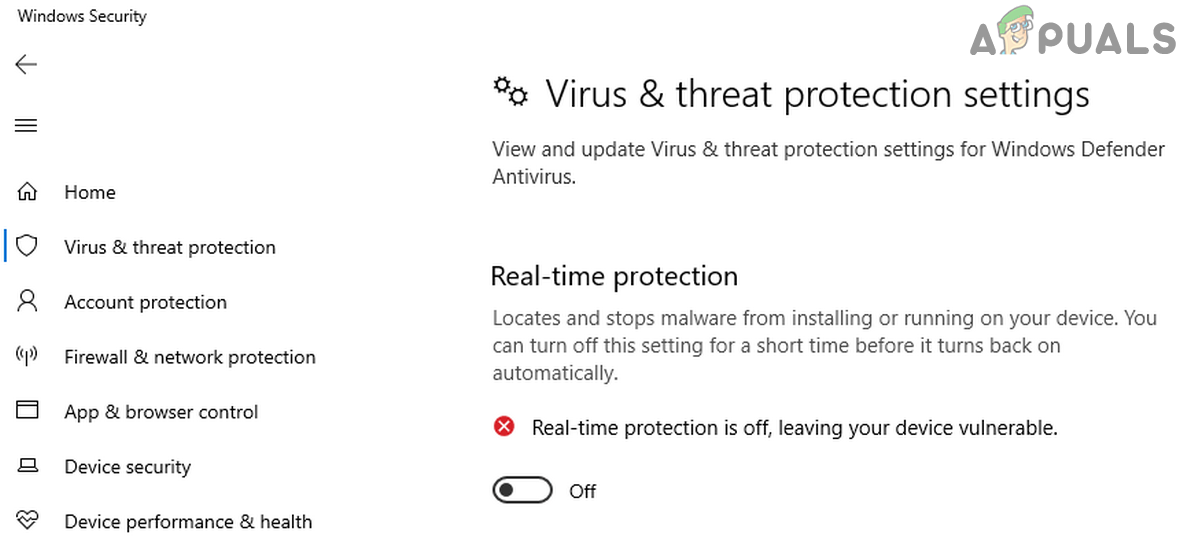
Disable Windows Defender - Now, check if the updates are successfully installed.
Solution 3: Run the Windows Update Troubleshooter
The KB4586876 & KB4598242 updates may fail to install if any of the modules essential for the operation of the Windows Update is in an error state. In this scenario, running the Windows Update troubleshooter may clear the glitch and thus solve the problem.
- Press the Windows key and open Settings.
- Now select Update & Security and in the update window, select Troubleshoot (in the left pane of the window).
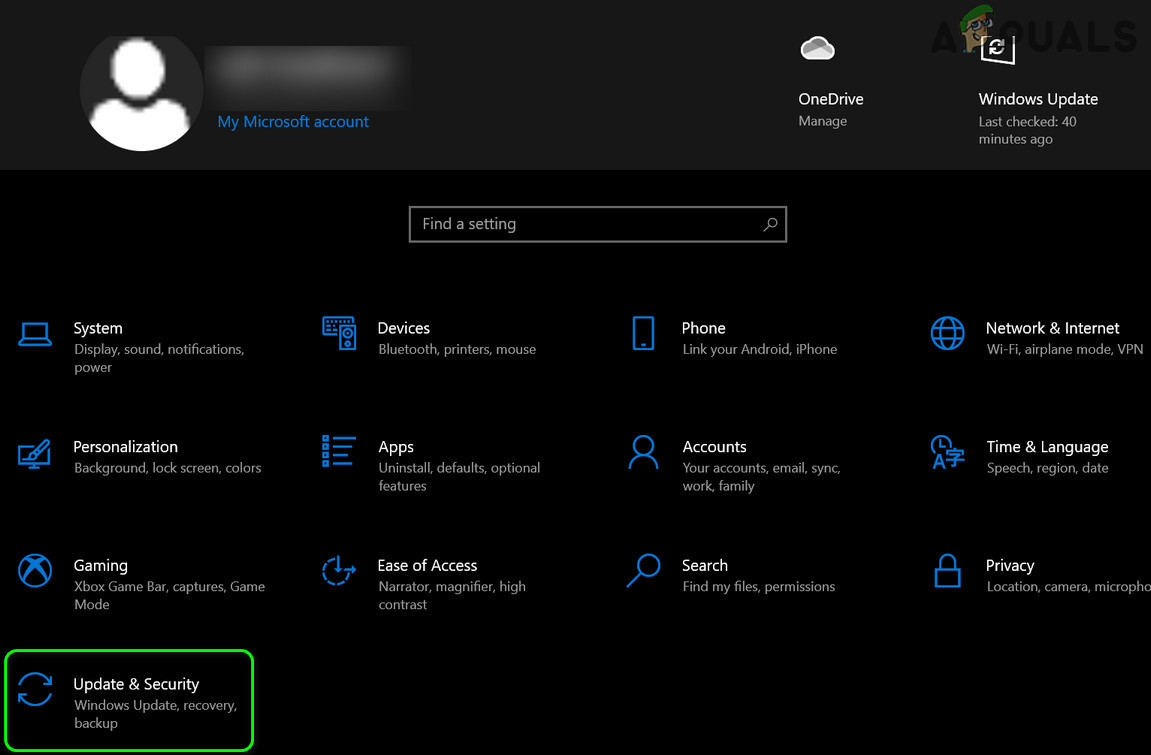
Open Update & Security - Then, in the right pane, open the option of Additional Troubleshooters and under Get Up and Running, expand Windows Update.
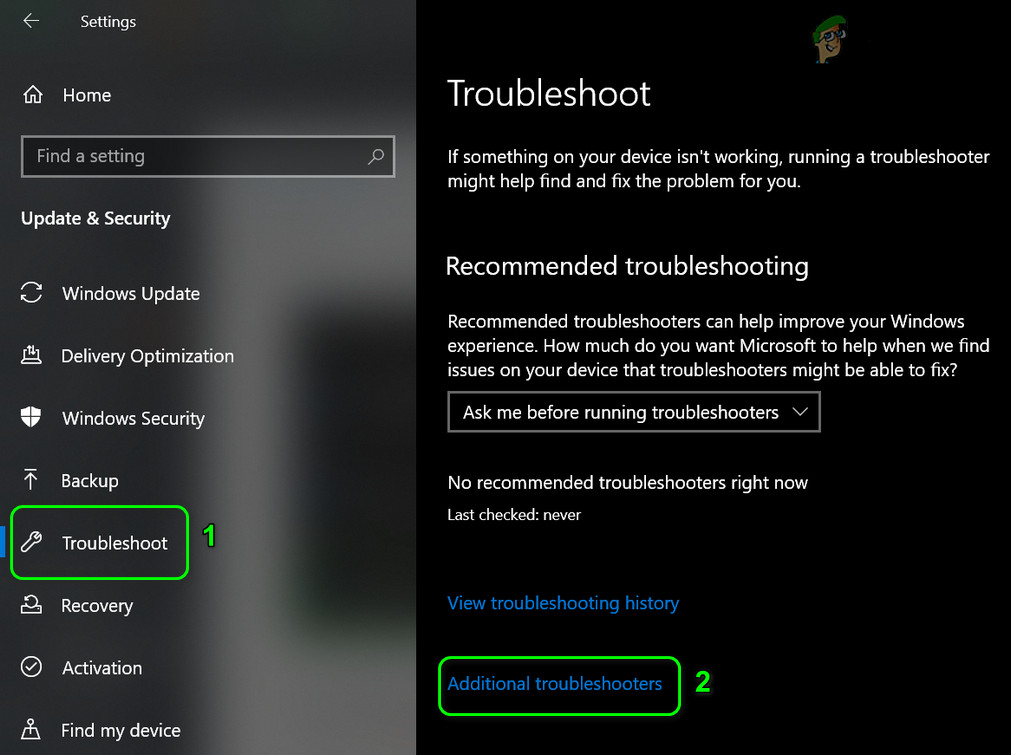
Open Additional Troubleshooters - Now click on the Run the Troubleshooter button and let the troubleshooter complete its course (make sure to apply any recommendations by the troubleshooter).
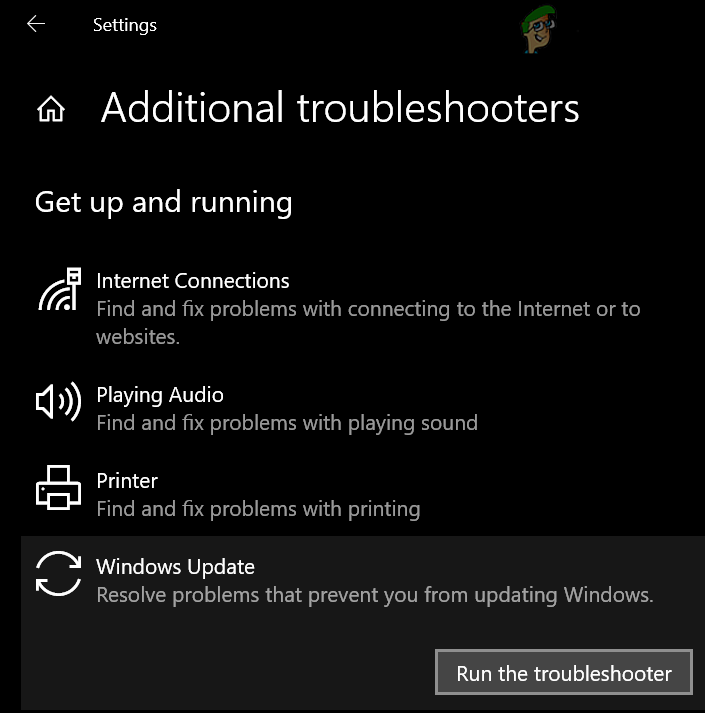
Run the Windows Update Troubleshooter - Then check if the updates issue is resolved.
Solution 4: Enable Update for Other Microsoft Products
The KB4586876 & KB4598242 updates may fail to install if there are incompatible with any other outdated Microsoft product. In this context, enabling updates for other Microsoft products (many users tend to disable this feature) may solve the problem.
- Press the Windows key and open Settings.
- Now select Update & Security and in the right pane of the update window, open Advanced Options.
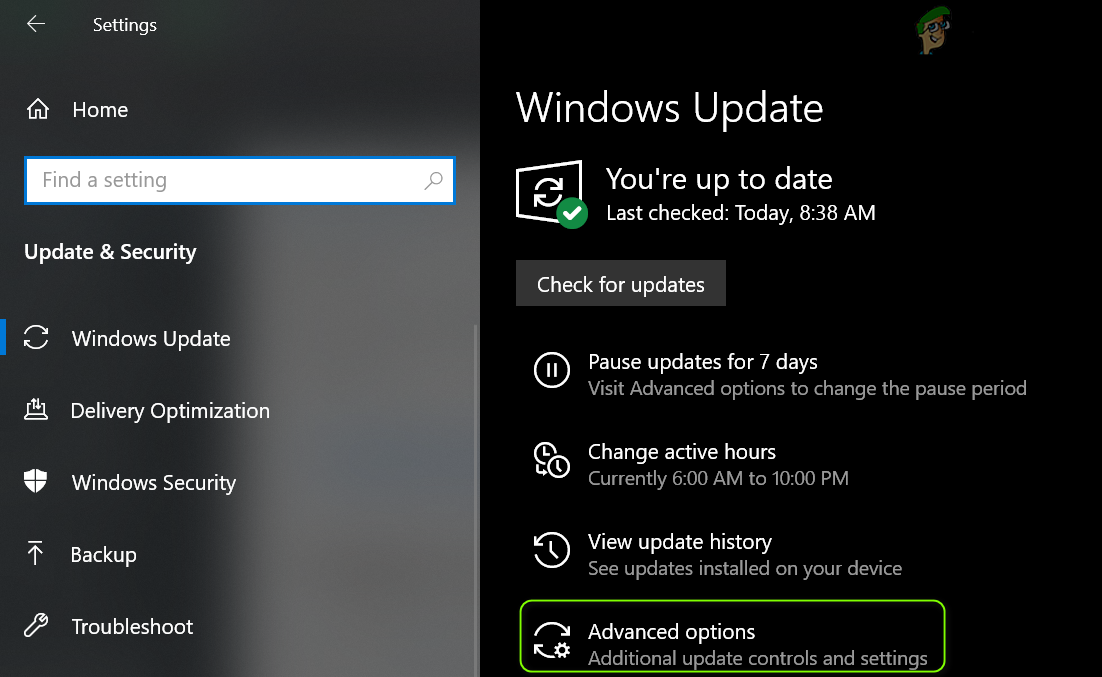
Open Advanced Options of the Windows Update - Then, under Update Options, enable the option of Receive Updates for Other Microsoft Products When You Update Windows by toggling its switch to the ON position.
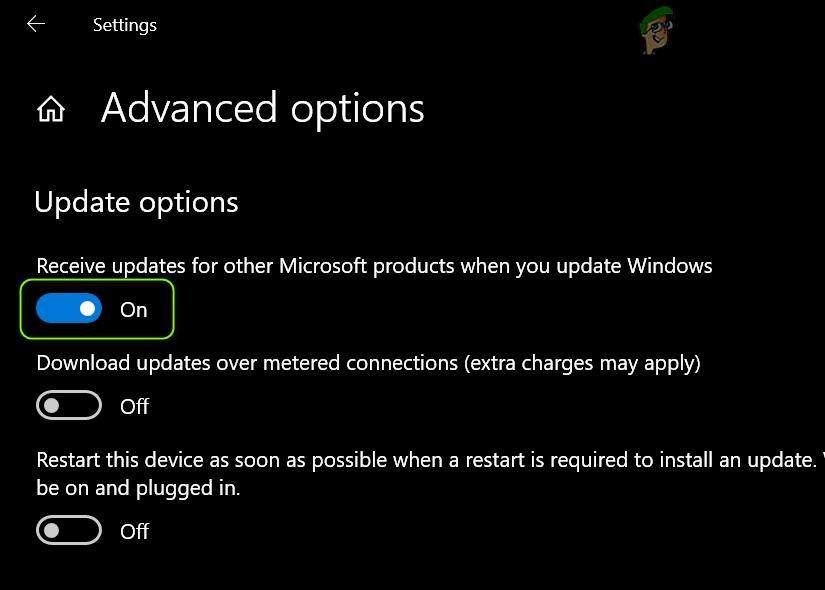
Enable Receive Updates for Other Microsoft Products When You Update Windows - Now shut down your PC (not reboot) and then power on the system.
- Then check if the updates can be installed successfully.
- If not, then reboot your PC after the fail update attempt and then try again. You may keep retrying and rebooting 7 to 8 times to sort out the issue.
If the mentioned option is already enabled at step 3, then disable it and reboot your PC. Upon reboot, enable the option and check if the updates issue is resolved.
Solution 5: Use the Offline Installer of the Updates
As the updates cannot be installed through the Windows Update channel, then using the offline installer of the Updates from the Windows Update Catalog website may let the updates install and thus solve the problem.
- Launch a web browser and steer to the Windows Update Catalog website.
- Now, in the search box, type: KB4586876 and download the update as per your system/OS.
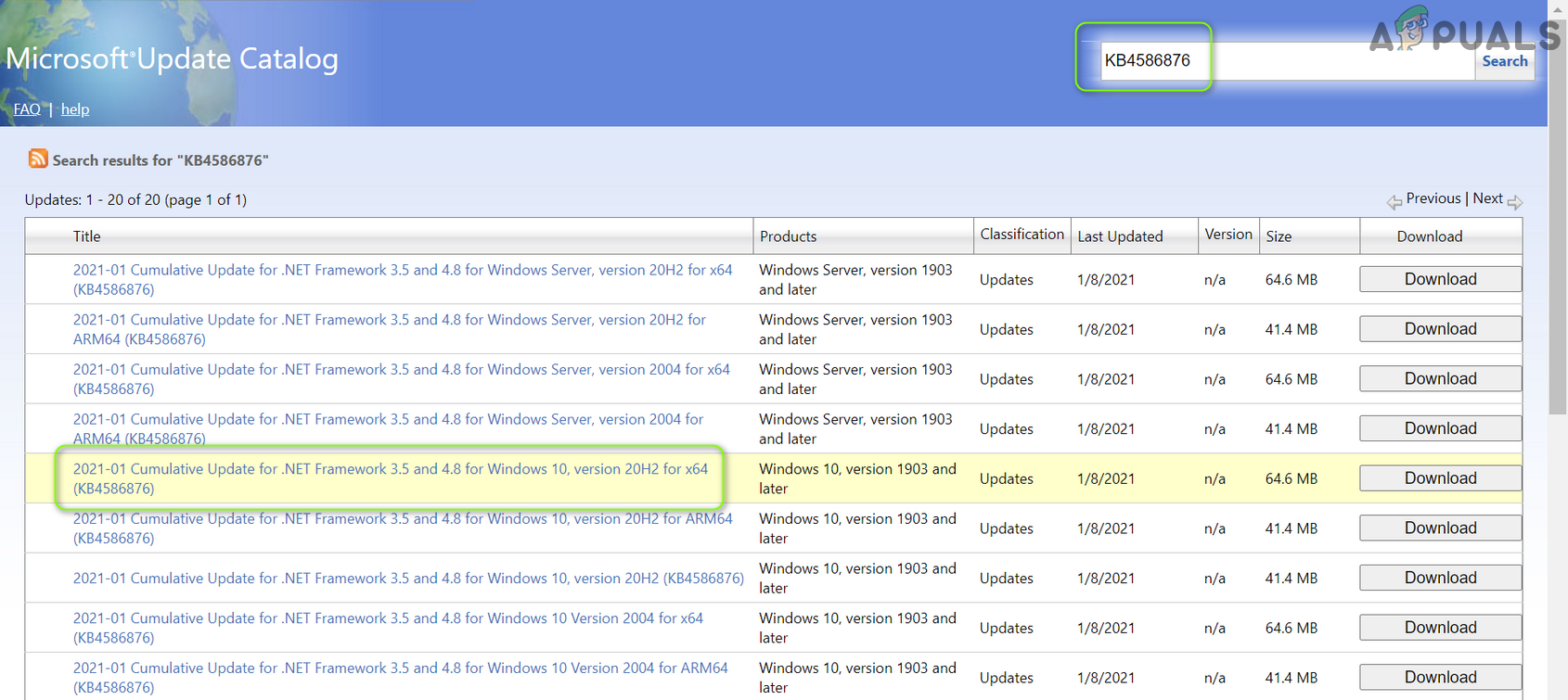
Download the Offline Installer of the KB4586876 Update - Then, launch the downloaded update file as administrator and follow the prompts to install the update.
- Now reboot your PC and download/install (with administrator privileges) the KB4598242 update (as per your system/OS) from the Windows Update Catalog website.
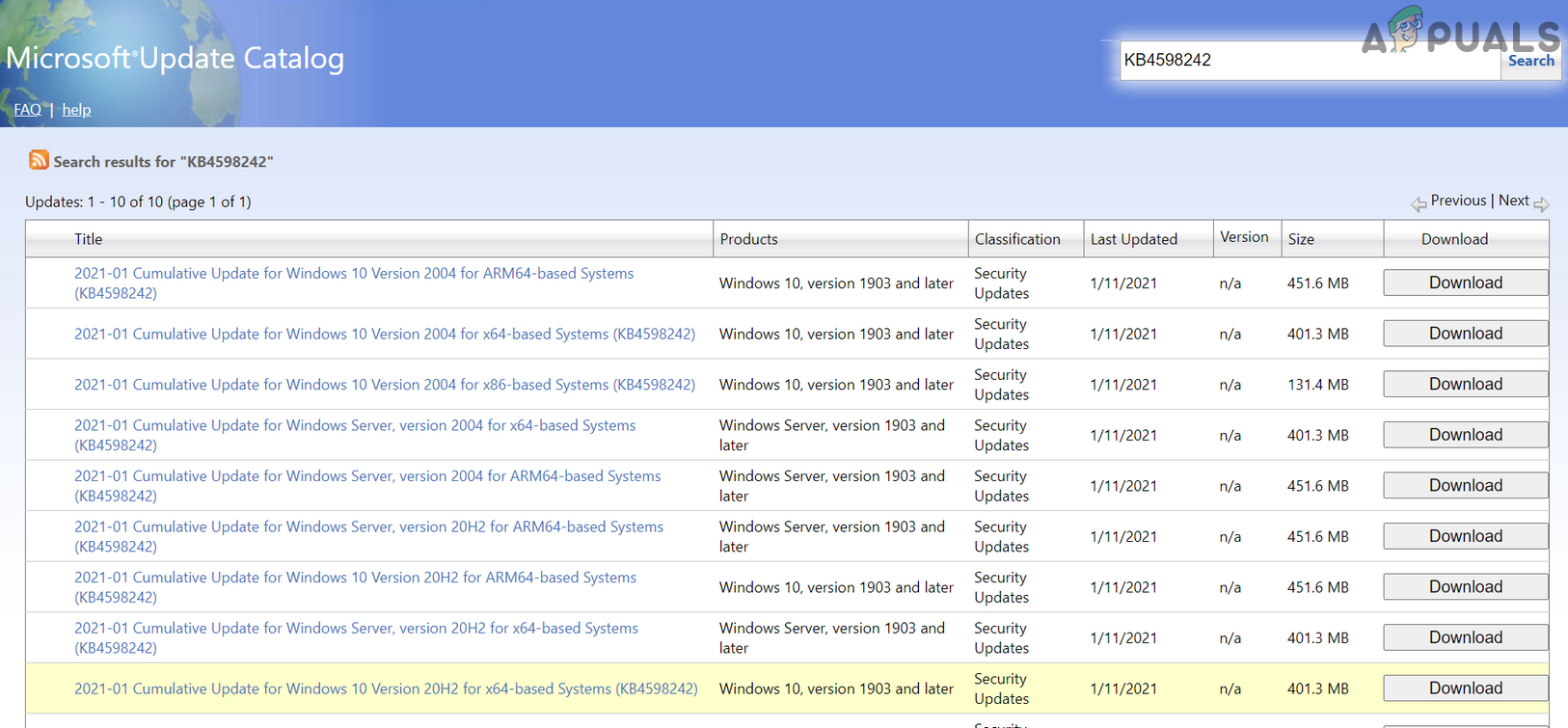
Download the Offline Installer of the KB4598242 Update - Then reboot your system and check if the updates problem is solved.
If the issue persists, then check if installing the latest cumulative update by using the offline installer of the update resolves the issue.
Solution 6: Uninstall the Windows Mixed Reality
The Windows Mixed Reality is quite popular in the gaming community but it is known to hinder the installation of the KB4586876 & KB4598242 updates. In this case, uninstalling the Windows Mixed Reality (not the Mixed Reality Portal app in the Microsoft Store) may solve the problem. But this option may not be applicable to all users.
- Firstly, disconnect your headset from the system and make sure the Mixed Reality Portal app is closed.
- Now, press the Windows key and open Settings.
- Then, select Mixed Reality and in the left pane, select Uninstall.

Open Mixed Reality in the Windows Settings - Now, in the right pane, click on the Uninstall button and let the process complete.
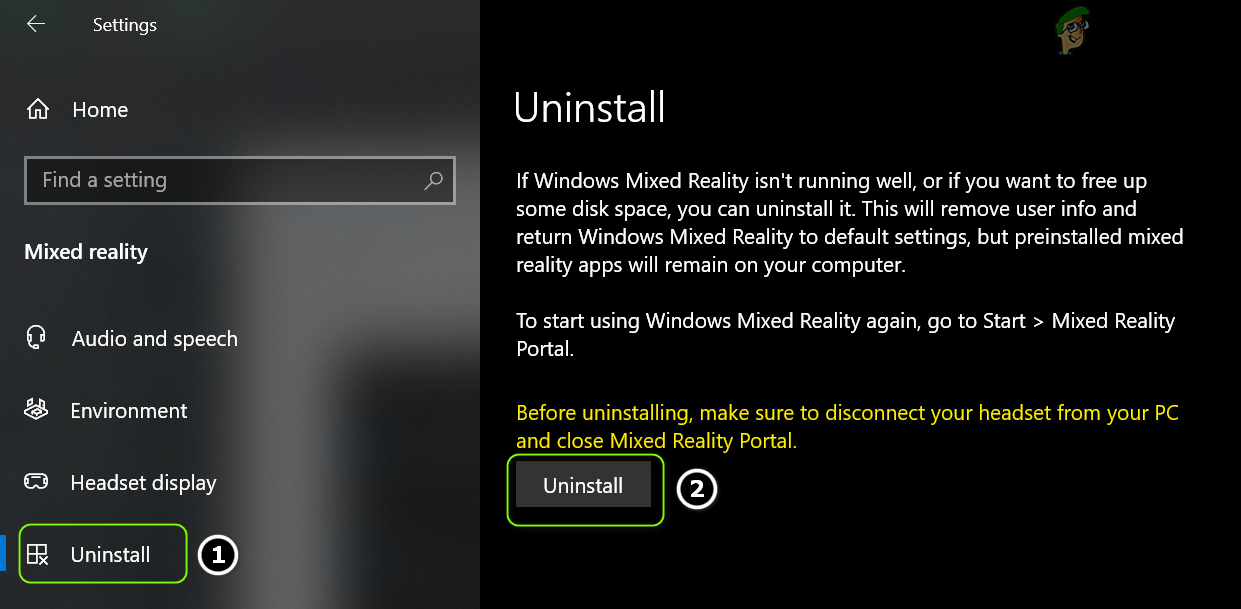
Uninstall Mixed Reality - Then reboot your PC and check if the updates issue is resolved. If so, then you may reconnect the VR headset to the system to reinstall the Windows Mixed Reality.
Solution 7: Use the DISM Command
The updates issue may emerge as a result of corrupt system files (essential for the installation of the updates). In this context, using the DISM command may clear the files’ corruption and thus solve the updates’ problem.
- Perform a DISM scan of your system but make sure to execute the following command afterward:
Dism /Online /Cleanup-Image /RestoreHealth
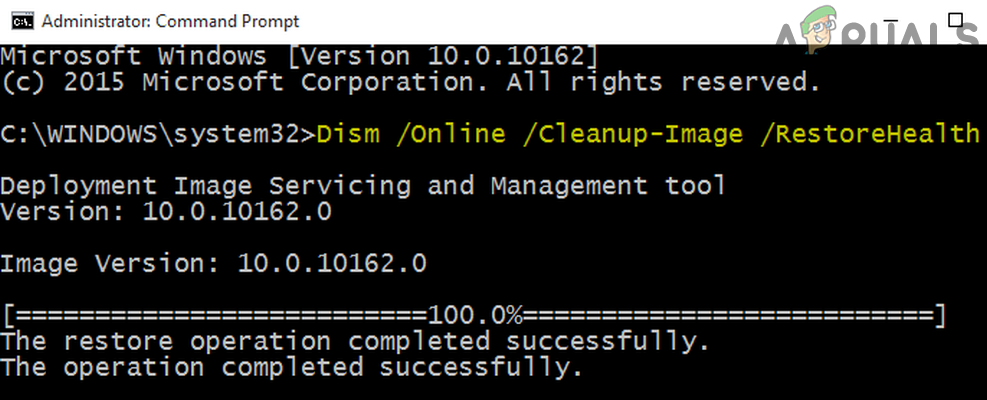
Use the DISM Command to RestoreHealth - Once the command is executed (it may take some time to complete), check if the updates can be installed.
Solution 9: Perform an In-Place Upgrade
If none of the solutions did the trick for updates, then performing an in-place upgrade of your system may solve the problem. Before proceeding, make sure to remove the KB4562830 update (in Settings > Update & Security > View Update History > Uninstall Updates), otherwise, you may see the greyed out Apps and Files option during the upgrade process.

Use the ISO of Windows 10 to Perform an In-Place Upgrade
- Launch a web browser and open the Windows 10 download page of the Microsoft website.
- Now, scroll down and in the section of Create Windows 10 Installation Media, click on the Download Tool Now button.
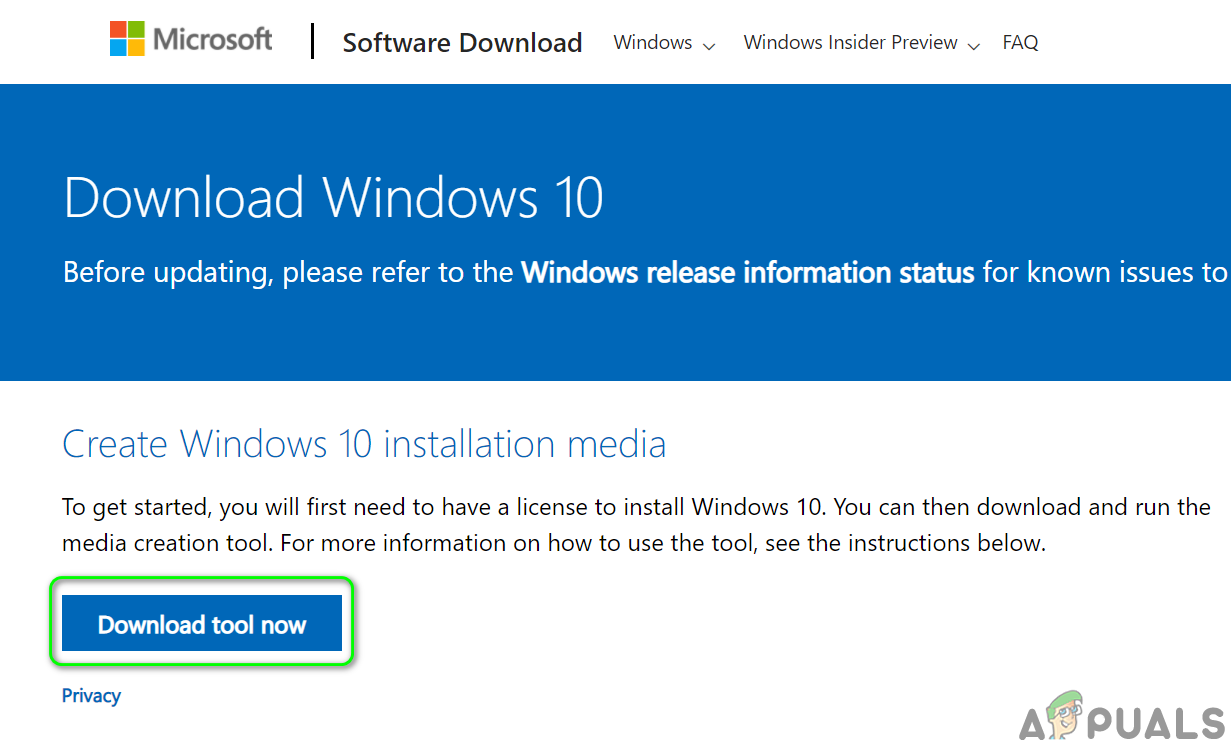
Download Media Creation Tool Now - Then select Run and Accept the license terms.
- Now, on the What You Want to Do? screen, choose to Create Installation Media for Another PC and click on the Next button.

Create Installation Media for Another PC - In the ‘Choose Which Media to Use?’ window, choose ISO and follow the prompts to complete the process.
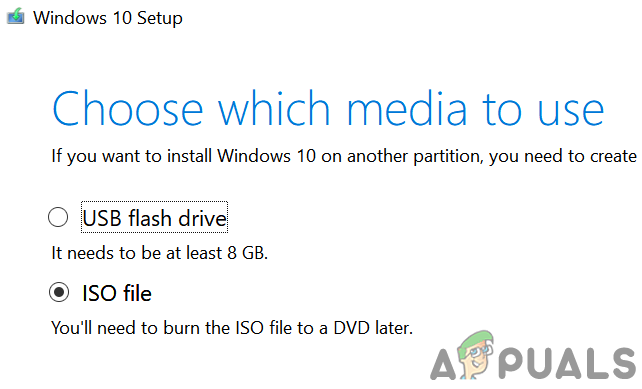
Select ISO File Type - Once the download is complete, extract the ISO file and launch its Setup file as administrator.
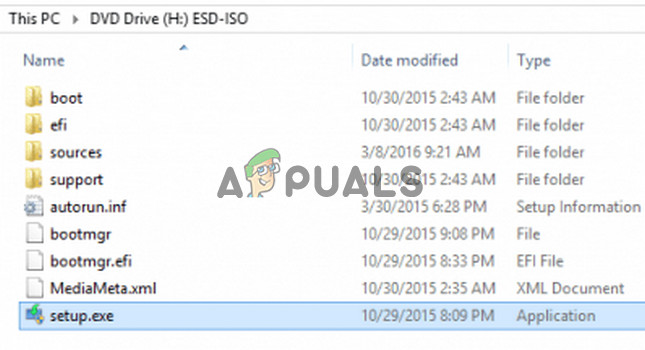
Launch the Setup in Windows 10 ISO Folder as Administrator - Then follow the prompts to complete the in-place upgrade but make sure to choose Keep Apps and Files option. If the option is greyed out, abort the process (if you need the data/apps) and proceed to the next section of Enable Keep Apps and File Options.
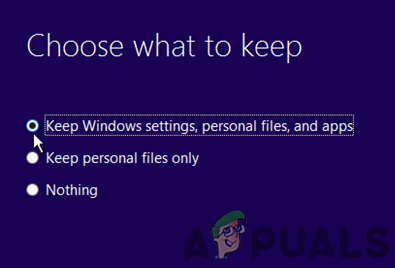
Keep Windows Settings, Personal Files, and Apps - After completion of the upgrade process, reboot your PC and check if the update issue is resolved.
Enable the ‘Keep Apps and Files’ option and Perform an In-Place Upgrade
If, at step 7 (discussed above), the Keep Apps and Files option is greyed out (or not available), then make sure the KB4562830 update is removed.

If so (or the update cannot be removed), then you may have to try the steps below to make it work.
- Firstly, update the system’s BIOS and drivers (by using the OEM website/application) to the latest builds.
- Now, uninstall any 3rd party (not Microsoft’s) antivirus/security product/firewall (you may reinstall it after the in-place upgrade).
- Then power off your system and boot it with bare minimums.
- Now, make sure the date/time/time-zone settings of your PC are correct and the system has enough free space (20 GB for the 32-bit version and 32 GB for the 64-bit version) available to install the upgrade.
- Then disable hard drive encryption and make sure the system drive is marked as active in the Disk Management.
- Now reset the Windows Update components (as discussed in solution 8).
- Then launch the Registry Editor as administrator and navigate to the following path:
HKEY_LOCAL_MACHINE\SOFTWARE\Microsoft\Windows NT\CurrentVersion\EditionVersion

Open Registry Editor as Administrator - Now, in the left pane, take ownership of the EditionVersion registry key.
- Then, in the right pane, double-click on EditionBuildNumber and set the value as 4a61.
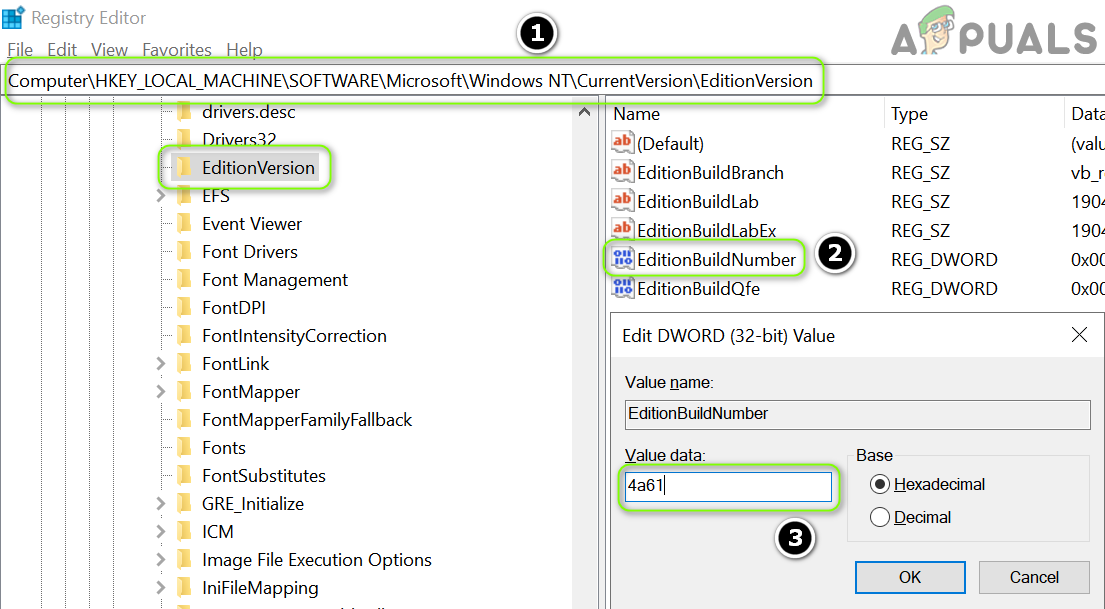
Set the Value of EditionBuildNumber to 4a61 - Now double-click on EditionBuildQfe and set its value to 1fc.
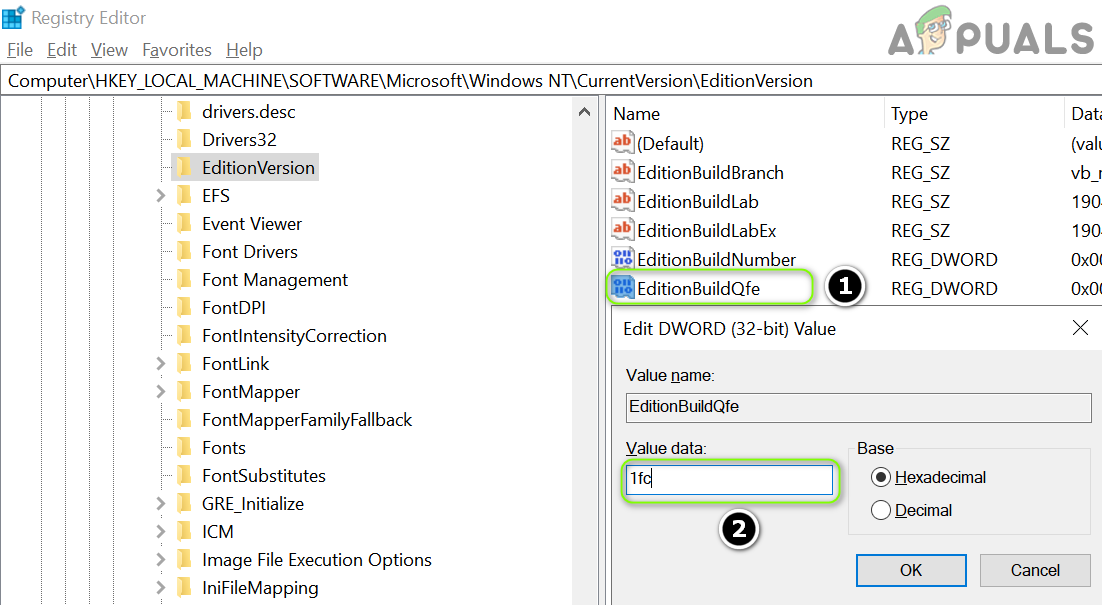
Set the Value of EditionBuildQfe to 1fc - Then exit the editor and reboot your PC.
- Now disconnect your system from the internet (till the completion of the upgrade process).
- Then repeat steps 6 to 8 of the above section (Use the Windows 10 ISO section) but during this process when asked for updates, make sure you choose “Not Right Now”. Also, whenever your PC goes for the first restart, boot it into the BIOS and disable Secure Boot (you may have to choose Windows UEFI Boot).
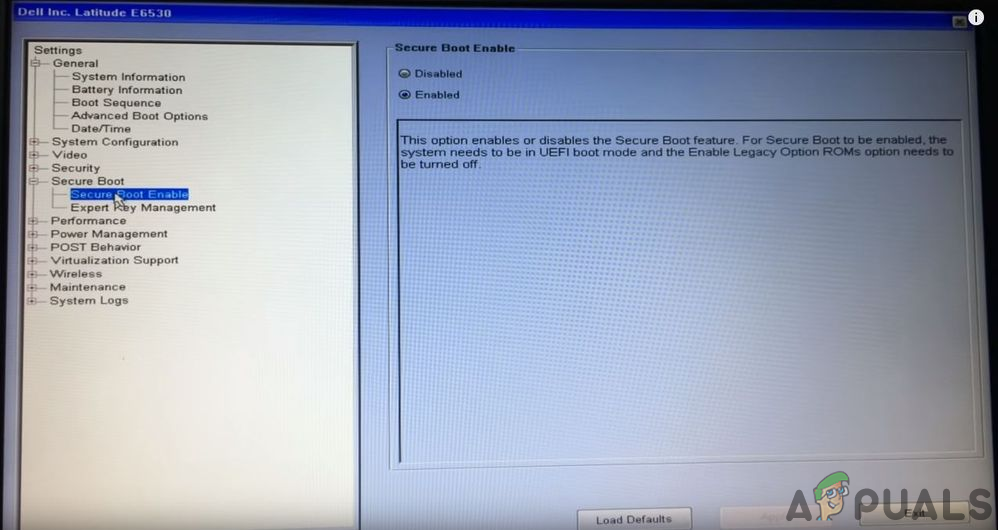
Disable UEFI Secure Boot - Once the upgrade process is complete, you manually install the KB4586876 update (discussed in solution 5) and then the KB4598242 update can be installed through the Windows Update channel.
If the issue persists, then you may hide/disable the problematic updates or perform a reset of your PC.





